NASA Says Media's SLS Costs Are Wrong But Has No Actual SLS Launch Costs To Offer

Supply chain, Artemis program limit SLS use for science missions, Space News
“Another issue for those considering SLS is the cost of the vehicle. [Robert] Stough took issue with some cost estimates for the vehicle. “The cost numbers you hear in the media are typically inflated,” he said, by taking into account fixed costs. He didn’t give specific examples, but some estimates assume an SLS cost of $2 billion each, based on the program’s annual budget and flight rate. Asked for his estimate of SLS costs, he said “we are close to $1 billion per launch right now.” He projected that to decrease by 20 to 30% by the early 2030s as the flight rate increases.”
 Keith’s note: OK, Mr. Stough: Which “cost numbers you hear in the media are typically inflated”? And what are the actual per launch costs for SLS? You know of course that he cannot and will not answer this since NASA simply does not know what an SLS launch will cost.
Keith’s note: OK, Mr. Stough: Which “cost numbers you hear in the media are typically inflated”? And what are the actual per launch costs for SLS? You know of course that he cannot and will not answer this since NASA simply does not know what an SLS launch will cost.



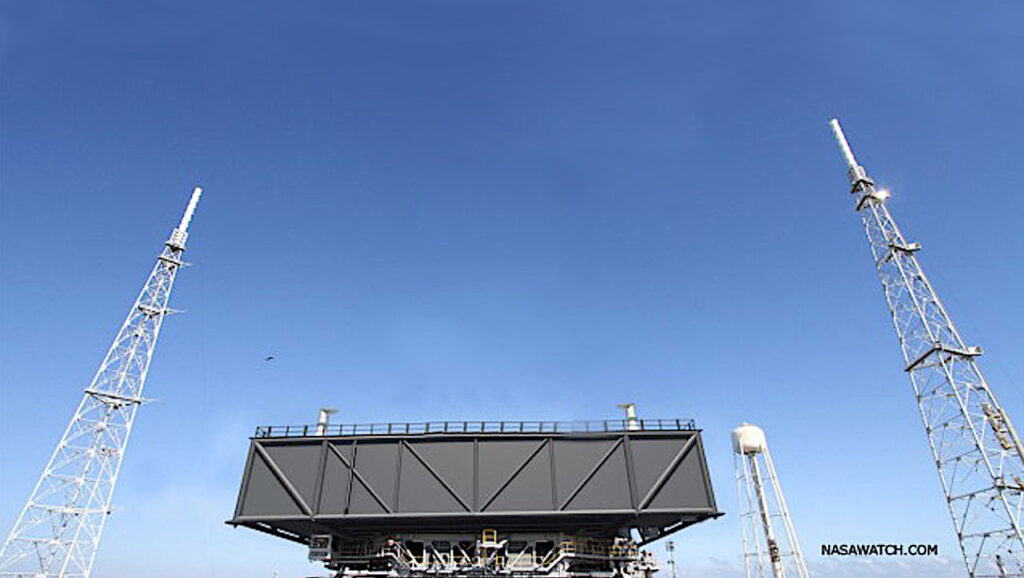
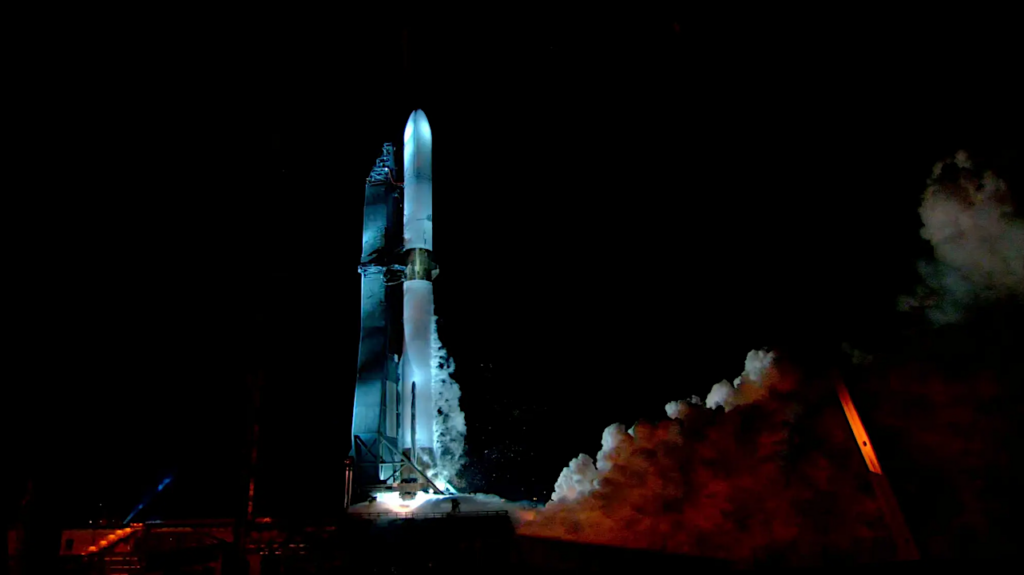
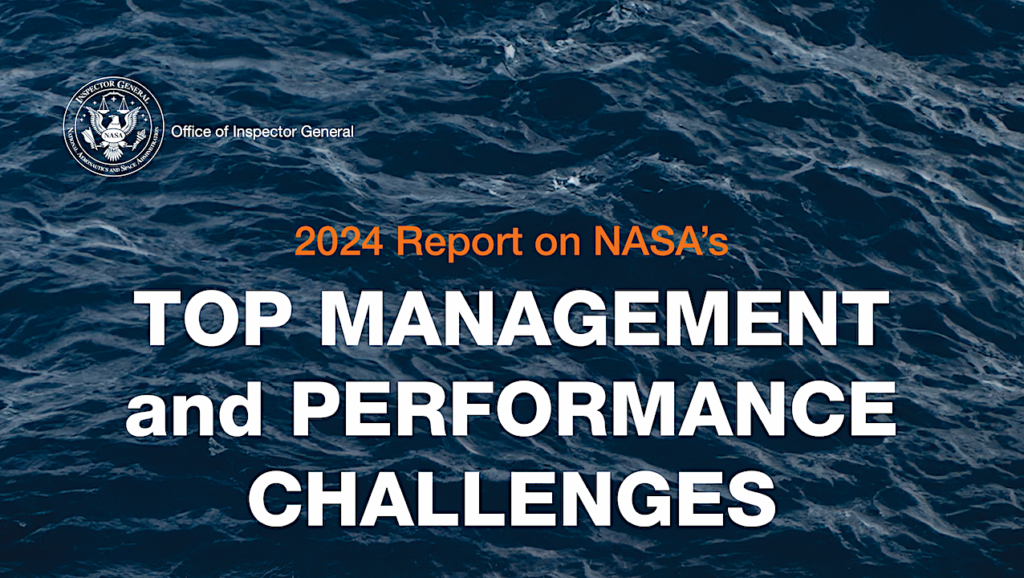
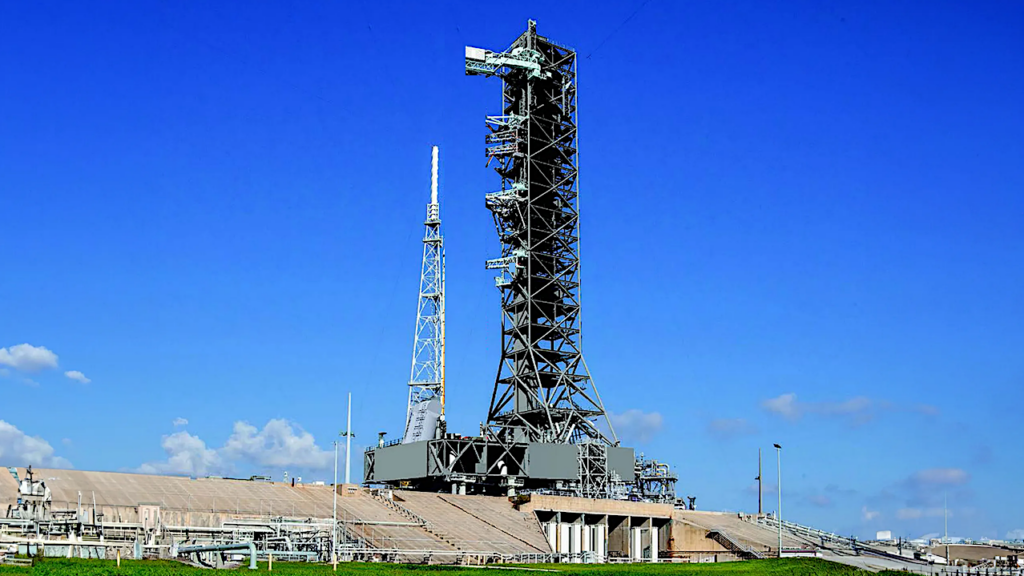
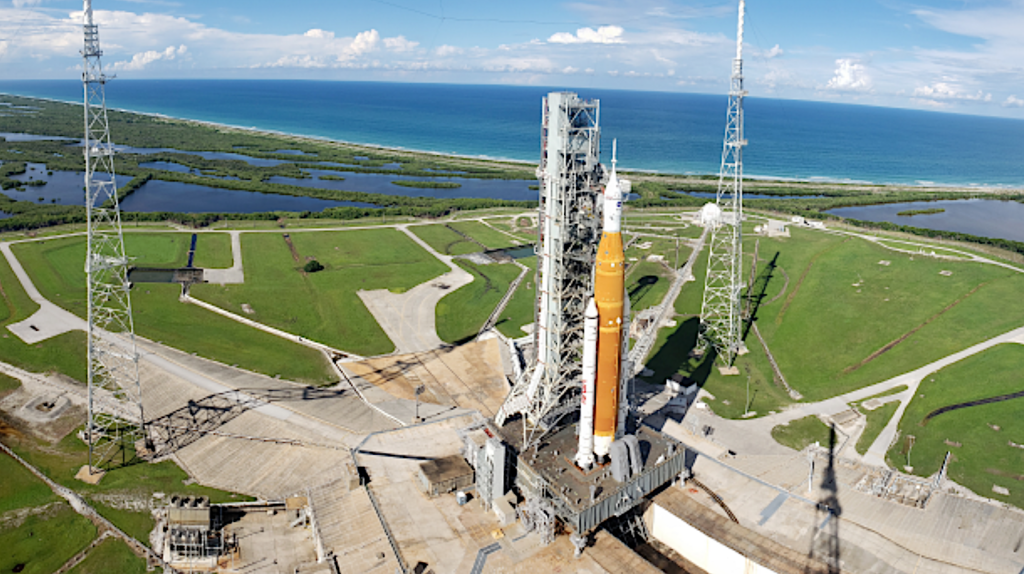

And what is going to happen to increase the SLS flight rate?
Human flights to the gateway and eventually a Moon base
that assumes NASA doesn’t seek a more robust and cheaper Crew to Gateway as a service like they did with the ISS. why pay $2B for one SLS/Orion build when you could get probably 3-4 crew deliveries to gateway under a commercial contract to allow more flights to the moon surface to live and build out the base instead of once a year
https://youtu.be/e9ZKo8h5Ddw Check out the Lunar Commercial Crew section starting at 14:53.
Based on the contracts for the out years. $1B for rocket hardware. Another $750M for LM to build Orion and surely the standing army at JSC, KSC MSFC and the sites to build test integrate, launch and fly the mission brings it close to $2B if not higher.
Don’t forget to add in all of the standing army costs at KSC. VAB, Crawlers, MLPs, launch pad, and etc.
space x has similar costs they have built a VAB for star ship then there is the cost of all the drone ships.
AIUI, the SpaceX high bay at Starbase TX costs only a few million dollars. Estimate that the total cost of all ground facilities at Starbase TX is under $100M.
The size of the standing army at Starbase will wind down after second orbital launch pad is completed.
All those drone ships are leased as are the various support ships. It have been estimated that the running cost is less than $1M monthly for all the ships. Which is insignificant when even a single recovered payload fairing half is worth about $3M. AIUI one recovered Falcon 9 booster is enough to offset all the expenses of the SpaceX operated ships for a few years.
SpaceXers are also dedicated scrappers, buying the oil platforms they’re modding for use as launch platforms for scrap price. Rinse, wash, repeat for 2 decades.
We played this game for the entire life of the Space Shuttle when the government successfully hid the price. Years after the program ended it turned out to be about a billion dollars a flight. That was for a partially reusable shuttle. (The shuttle also had two failures that took lives each time.)
SLS uses virtually the same technology and is not reusable at all so its price will be much higher. When you add inflation and the SLS record to date that inflates the price still further.
Keith Cowling is absolutely right to ask hard questions about the SLS.
>SLS uses virtually the same technology and is not reusable at all
Reminds me back in the days when Constellation program announced various people outside the loop (i.e. not on Griffin’s team) but studied many options like Dennis Wingo screamed at the design with inherent issues of scaling to a sustainable system. For myself, I don’t understand much of the details but then this kind of thing has happened before with certain aircraft designs. Some have form that goes on for decades, others look great at rollouts and airshows but service lift was limited.
We were actually reminded today of another spacecraft with a similar problem. After SpaceShipOne captured the Ansari X Prize in 2004, it was decided that to be profitable they would need to increase the number of passengers. I also remember Burt Rutan saying at the time that it needed to go higher so that passengers would have a little more time in weightlessness (SpaceShipOne was capable of reaching the Karman Line). So they decided to scale up the SpaceShipOne design.
(insert seventeen year history of the struggles of scaling up)
Today they completed what was only the fourth flight of SpaceShipTwo into space. Two more test flights are planned before the start of tourist flights in early 2022.
In comparison, as far as I know Starship has no legacy hardware from Falcon 9 or Dragon, other than I would guess maybe some of the electronics and sensors. And yet the development pace of Starship has been breathtaking.
Oh wow a whopping three SLSs every 24 months starting in the 2030s, leaving one open for science!. That’s fantastic and will meet the last Mars Design Reference Architecture (v 5.0) Super heavy lift vehicle requirement by a margin of *checks notes* negative 8. Hrmmmm. Okay then.
NASA’s Mars reference requires between 7 and 12 SLS Block 2 sized vehicles, depending how ambitious we are with our mission. And they all have to launch within about 26 months. SpaceX’s rapid manufacturing of Falcons and Starship prototypes has really driven home another chokepoint in sustainable space exploration: almost every rocket ever built prior to the Falcon 9 takes too long to actually build for something that isn’t reusable.
So how does NASA intend to use their Mars rocket to do actual Mars missions? Build them and shove them into storage for five years? Launch payloads into parking orbits years and year before their Mars trip? Do they even know?
Once again though, we’re unlikely to get to that step. NASA selecting the Starship Human Landing System for the Lunar lander is as clear as I’ve ever seen the US government use the backdoor for a programmatic shift By the end of the decade the question will arise “well we’re using Starship to land people anyway, and we’re launching it in support of lunar ops anyway… why should we support two architectures again?”
Without Shelby there, perhaps the absurdity of continuing SLS while Starship is flying alongside it will reach the only logical conclusion.
Unfortunately its not just Shelby, but there are a whole bunch of Congress critters who are only interested in this NASA job program going on forever.
It is up to our current NASA administrator to offer those Congressional Critters some alternative form of more usable pork to get rid of the obsolete SLS/Orion line items in the budget.
Bill Nelson really want to be the administrator talking to the next NASA astronaut on the Moon. But that is unlikely without a Lunar lander by 2024.
OK, how about just “way, way too expensive…”?
It’s amazing the press lets government agencies get away with saying they don’t know what something so well documented will cost. It reminds me of the F-35 in DOD. The numbers are rather simple as far as “at least” numbers. Budgets for SLS, as one example, are published and well documented. Add in ground ops to actually launch, mission ops from inside SFS, etc. It’s a 4 to 5 row spreadsheet people!
Or is something else at work here? As soon as the DOD, or EPA, or NASA cries “it’s complicated” all the articles on the boondoggles turn wishy-washy on costs. Then the audience if hooked that far just clicks elsewhere.
SLS still around in the 30s ? it will be dead by 2025 is my bet and only to uses up the ones allread being built.First good lunch of super heavy should kill it off